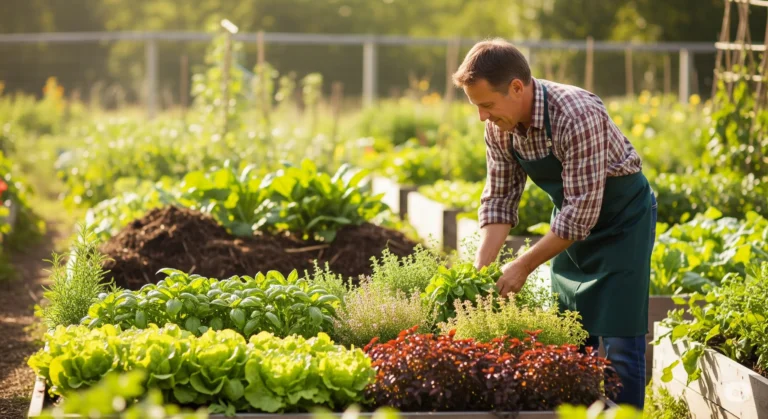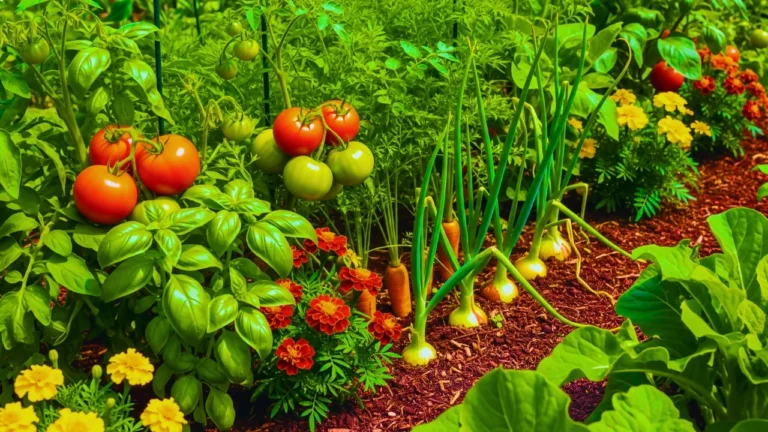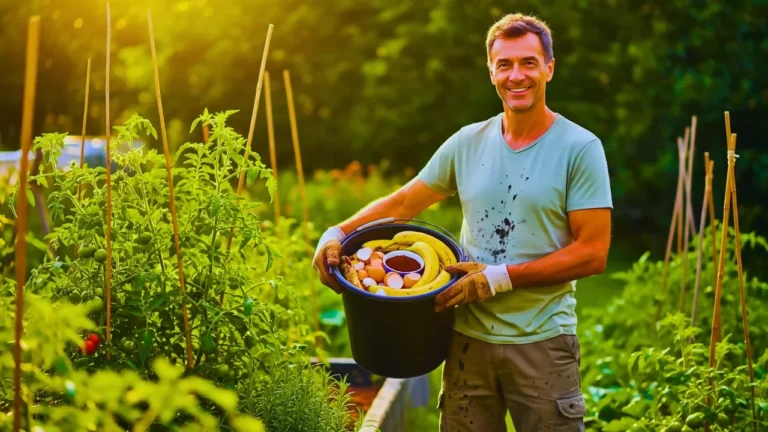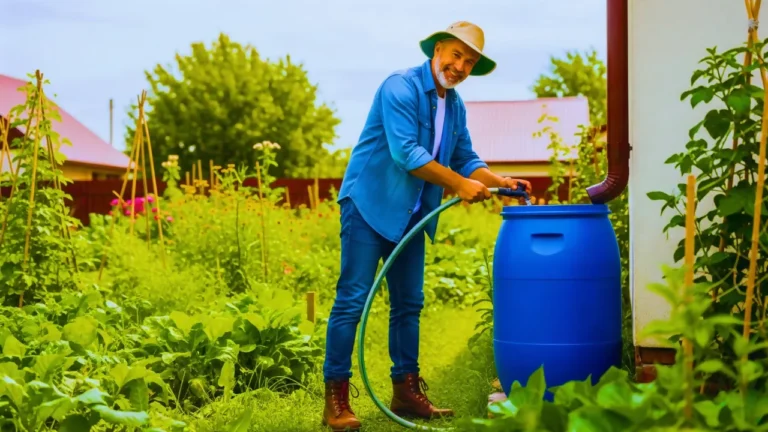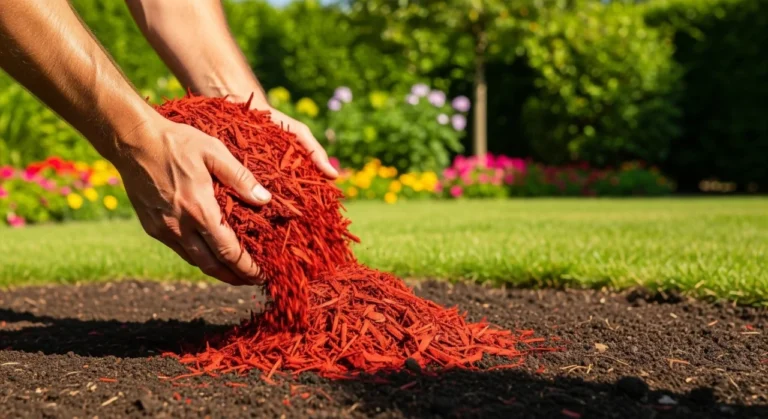7 Best Indoor Plants for Beginners: Easy-Care Houseplants You’ll Love
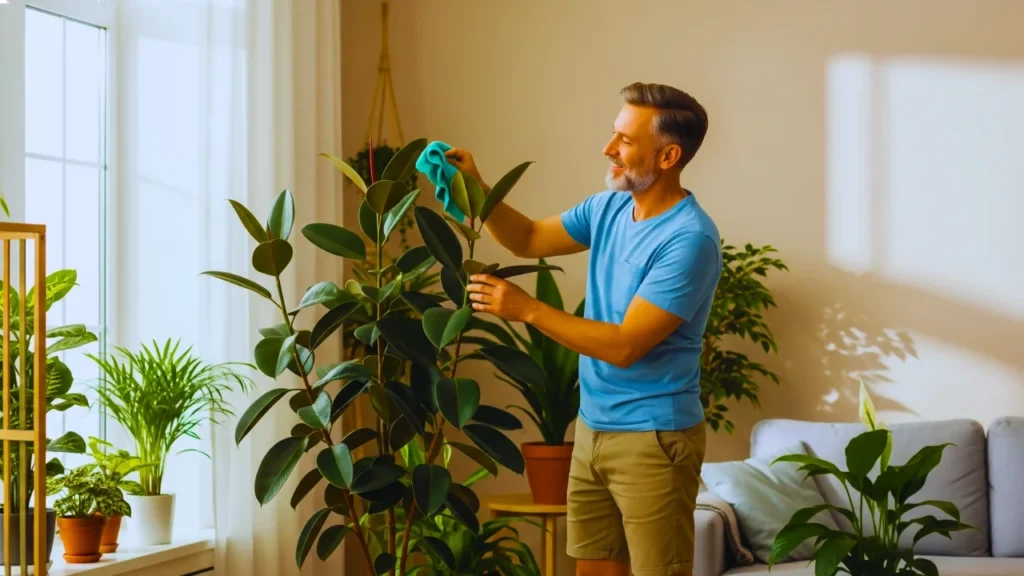
Introduction
7 Best Indoor Plants for Beginners: The New Plant Lover: Easy and Carefree Houseplants You Will Enjoy
As you bring plants into your indoor living space, you are learning to not only beautify your home, but it’s a natural way to elevate your air quality, your mood, and your connection to nature. If you are looking for new indoor plants and don’t have a clue where to start, it can be overwhelming to decide which Best Indoor Plants for Beginners to try first! Fortunately, many of the plants that are easy to grow indoors are lovely to have in your home with little care!
We are going to help you decide based on care tips and expert recommendations to find the 7 Best Indoor Plants for Beginners, for a new plant lover. Each of these new plant lover plants is hardy, attractive, and perfect for those who want to explore growing houseplants indoors, but simply need guidance on where to start!
Fun Fact – NASA did a Clean Air Study in 1989, and verified indoor plants such as snake plants and pothos can filter common toxins found in indoor air, and improve indoor air quality. Source
1. Snake Plant (Sansevieria)
The snake plant, or Mother-in-Law’s Tongue, is one of the easiest plants to start edging yourself into Best Indoor Plants for Beginners, and is a phenomenal houseplant for any home. It has interesting, upright, sword-like leaves, and it is very low-maintenance.
Reasons it is great for new plant lovers:
- low light, works well in indirect sunlight,
- and will grow in many spaces and water every 2-3 weeks.
- Tolerance of neglect and dry indoor air
Care Tip: Use well-draining soil and do not overwater the plant to prevent root rot. Snake plants also release oxygen during the night, which makes them a great bedroom plant.
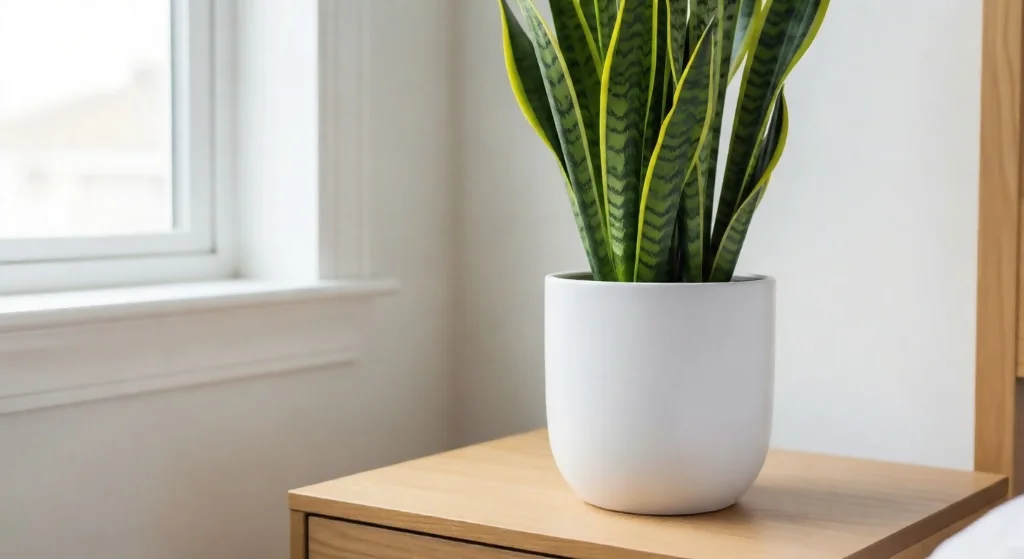
2. Pothos (Epipremnum aureum)
Pothos, or the “devil’s ivy”, is extremely tough, or nearly impossible to kill. Pothos grows long, trailing vines boasting heart-shaped leaves, making it the perfect plant for a hanging basket or shelf.
Why it’s great for beginners:
- Grows in low to bright indirect light
- Will tolerate irregular watering.
- Fast growing and very flexible.
Care Tip: Allow the soil to dry out between waterings. Snip off any overly long vines to encourage a fuller plant. A great benefit of pothos is that it will purify the air in your home!
Want to get more plants into your home, natural greenery? Have a look at this heirloom medicinal seed kit to get started growing your indoor garden with minimal effort!
3. ZZ Plant (Zamioculcas zamiifolia)
The ZZ plant is known for its thick, glossy, deep green leaves and its indestructibility. It can survive low light, and low watering will make it ideal for an office or a dark room.
Why it’s great for beginners:
- Survives drought, low humidity
- Only needs watering every 2-3 weeks
- Plant pests won’t touch it; fundamentally, it’s hassle-free.
Care Tip: Place in indirect light and use well-draining soil. Do not expose leaves to direct sunlight, as it will burn leaves. Clean leaves every month to avoid an accumulation of dust and dirt, leaving them bright and shiny.
4. Peace Lily (Spathiphyllum)
Peace lilies are usually favored for their showy white flowers and their ability to remove contaminants from the air. Thrive well in indirect bright light, but grow in low-light conditions.
Why It’s Great for Beginners:
- It will visibly droop when thirsty, which makes watering very easy to remember.
- It will bloom while raised indoors.
- Removes contaminants (toxic) from the air, like ammonia and benzene.
Care Tip: Soil should be slightly moist to the touch but never soggy. Sometimes mist the leaves to increase the humidity. Don’t place near any cold drafts or heaters.
5. Spider Plant (Chlorophytum comosum)
Spider plants are a fun fast fast-growing option producing numerous baby “pups” you may propagate. With arching green leaves (striped with white), they add flair to any area of an interior.
Why It’s Great for Beginners:
- Grows in pots or hanging baskets.
- Will tolerate several light situations.
- Easy to propagate – great for sharing!
Care Tip: Water when the top inch of soil feels dry. Prune brown tipped leaves when necessary to keep looking fresh. Use a balanced liquid fertilizer once a month in growing seasons.
Discover how to take advantage of natural water resources by checking out our guide on Rainwater Harvesting for your garden.
6. Aloe Vera
Aloe vera is not just a houseplant; it is a healing herb that is good for the minor burns of life. It is extremely attractive with its thick, pointed green leaves and is a great fit for your sunny kitchen window.
Why It’s Good for Beginners:
- Only needs to be watered when the soil is completely dry
- Would love bright light, including direct sun
- Contains healing gel in its leaves
Care Tip: Use cactus soil mix and a pot with drainage holes. Do not overwater. Break off a leaf if you want some fresh gel for your skin.

7. Rubber Plant (Ficus elastica)
If you want a statement plant, the rubber plant will do the trick. Its broad, shiny leaves create a striking look for your living room or office. Even if it looks good in your office.
Why It’s Good for Beginners:
- Can tolerate low to medium light
- Does not require frequent watering
- It can grow rather tall as time goes on if properly cared for.
Care Tip: Water every 1–2 weeks; you can wipe dew or dust from the leaves if needed. Or rotate the plant. Avoid direct sun and cold drafts.
Frequently Asked Questions (FAQ)
Q1: Which indoor plant is easiest to care for?
A: The snake plant is generally thought to be the easiest because it tolerates drought well and can survive in low light.
Q2: Can indoor plants improve air quality?
A: Yes! An amazing study conducted by NASA called the Clean Air Study found that plants, such as pothos, peace reeds, and spider plants, all help filter several common indoor air pollutants.
Q3: How often should I water indoor plants?
A: This depends on the plant, but as a general rule, I recommend watering when the top inch of soil feels dry. Can’t stress this enough – don’t drown your plants! Overwatering, which can lead to root rot, is a much more common issue than underwatering.
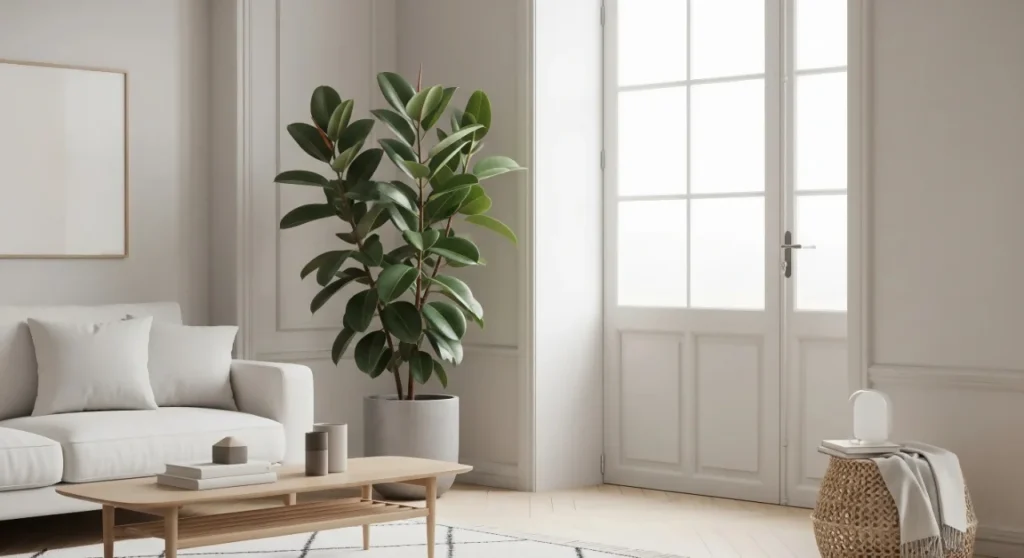
Conclusion
Starting your journey as an indoor gardener doesn’t have to be hard. With some of the best indoor plants for beginners, you can experience all the pleasure and benefits of having plants without the anxiety. These seven plants are all low maintenance, whether it’s succulents, like your friendly aloe vera, or some lovely peace lilies that purify the air.
Choose one or a few to get started with, and if you are inspired to further your growing adventures with the use of our affiliate seed kit link and try out herbal growing. Both plants and vegetables are a natural choice to keep your home office greener or brighten up your kitchen.
Good luck with your growing journey, Best Indoor Plants for Beginners.

